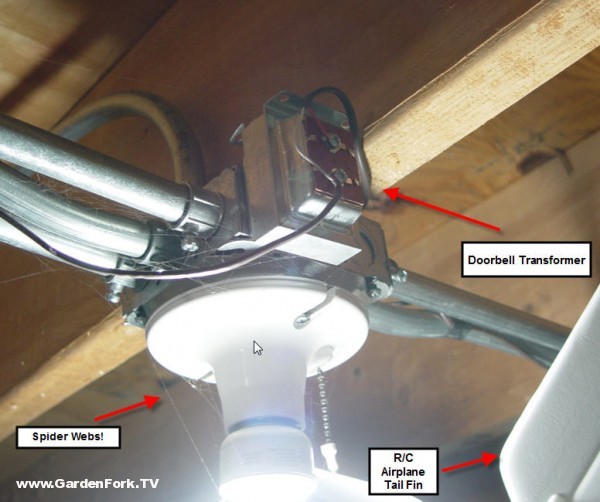
Upgrade Your Entrance: Easy Steps to Replace a Doorknob
Enhancing your home’s aesthetic starts with small yet impactful changes. Follow this step-by-step guide to effortlessly replace a doorknob and elevate the overall appeal of your doors.
Assessing the Existing Doorknob:
Before diving into the replacement process, assess the existing doorknob. Determine if it’s a passage, privacy, or keyed doorknob. This assessment helps you choose a suitable replacement and ensures compatibility with the door’s function.
Gathering the Right Tools:
Ensure you have the necessary tools for the replacement. Common tools include a screwdriver, tape measure, and possibly a drill. Verify the requirements based on the new doorknob’s installation instructions, and have everything ready before starting the project.
Selecting the Replacement Doorknob:
Choose a replacement doorknob that complements your home’s style and meets your functional needs. Consider finishes, designs, and security features. Take note of the doorknob’s backset measurement, ensuring it matches the existing hole on the door.
Removing the Existing Doorknob:
Start by removing the screws on the faceplate or strike plate of the existing doorknob. Once the faceplate is off, unscrew the doorknob from the door. Some doorknobs may have hidden screws or additional components, so consult the manufacturer’s instructions if needed.
Detaching the Latch Mechanism:
After removing the doorknob, detach the latch mechanism from the edge of the door. This part is usually held in place by screws. Use your screwdriver to loosen and remove these screws, allowing you to free the latch mechanism from the door.
Measuring and Adjusting:
Measure the backset of the existing latch—the distance from the center of the doorknob hole to the edge of the door. Ensure the replacement doorknob has the same backset measurement. If not, adjust the backset according to the new doorknob’s specifications.
Installing the New Doorknob:
Begin the installation of the new doorknob by inserting the latch mechanism into the hole, ensuring the faceplate sits flush against the door. Secure it in place using the provided screws. Next, attach the exterior doorknob by aligning it with the spindle and tightening the screws.
Attaching the Interior Doorknob:
On the interior side, slide the rosette or escutcheon onto the spindle, followed by the interior doorknob. Secure the doorknob with the provided screws, making sure it’s snug but not overtightened. Confirm that the doorknob functions smoothly.
Testing the Doorknob:
Perform a series of tests to ensure the doorknob operates correctly. Check that the latch retracts smoothly when turning the doorknob and that the door opens and closes without resistance. Confirm that any locking mechanisms, if applicable, engage and disengage smoothly.
Final Adjustments and Finishing Touches:
Make any final adjustments to ensure the doorknob operates seamlessly. Check the alignment of the strike plate to ensure the latch engages properly. Add any additional features, such as a decorative rosette or cover plate, to complete the installation.
Admire Your Upgraded Entrance:
Stand back and admire the upgraded appearance and functionality of your door with the new doorknob. A small change like this can make a significant impact on your home’s overall aesthetic. Enjoy the enhanced style and functionality of your upgraded entrance.
For more home improvement ideas and expert advice, visit DesigningTemptation.com. Their comprehensive resources cover a range of topics to help you create a comfortable and visually appealing living space.

